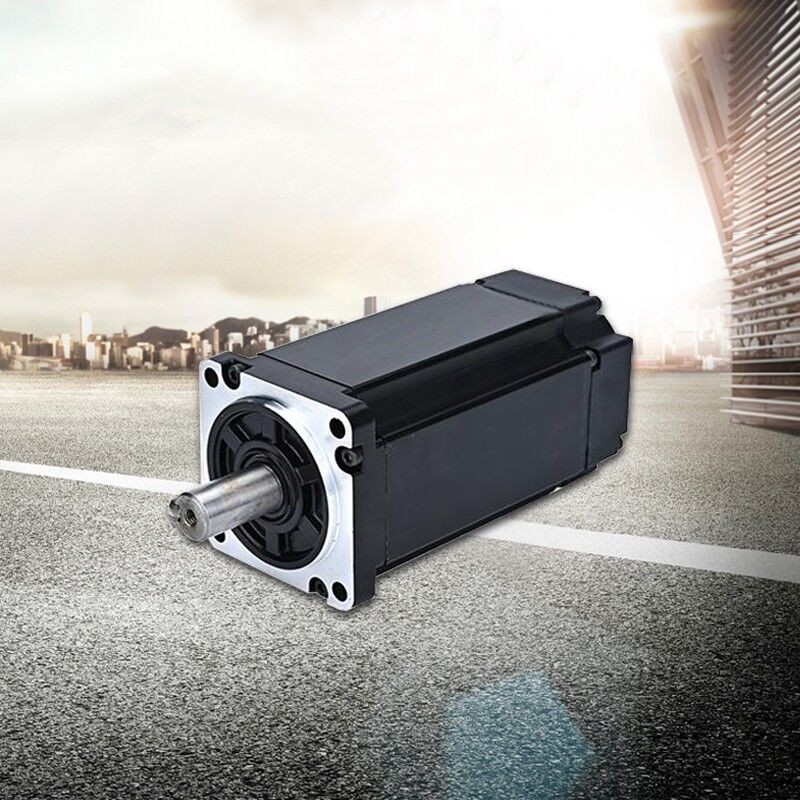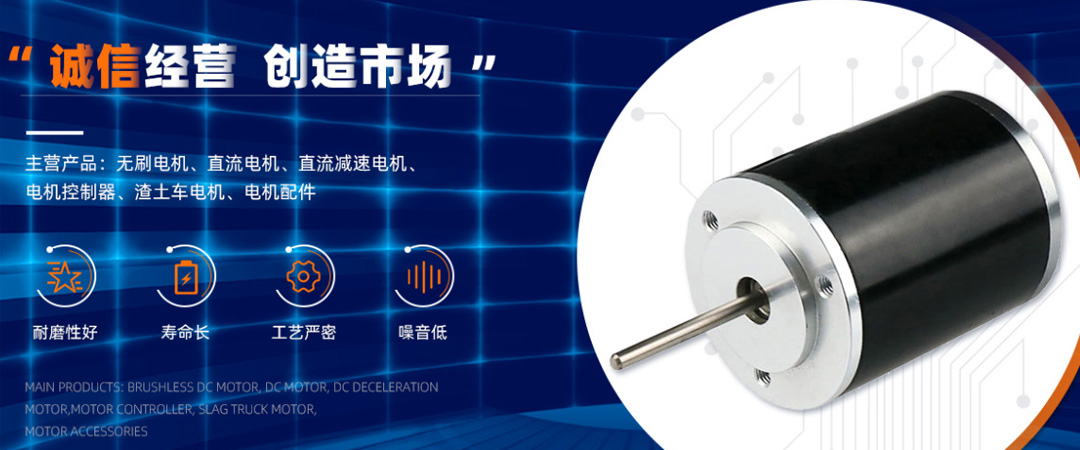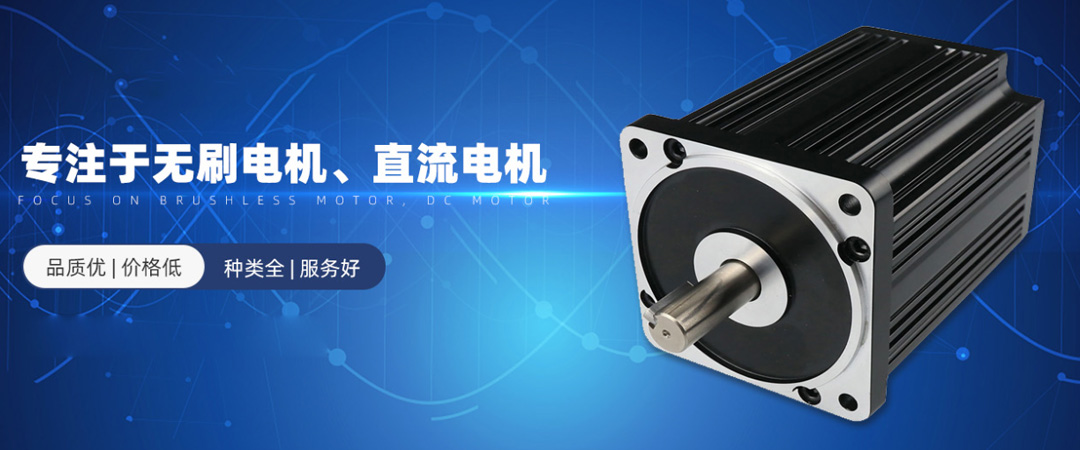Voltage regulation method of brushless motor
A brushless motor consists of a motor body and a driver, and operates in a self controlled manner. It does not add a starting winding to the rotor like a synchronous motor, and does not produce oscillations or loss of step during sudden load changes. What are the voltage regulation methods for it?
Brushless motors do not use this type of current direction conversion, but instead use an inverter circuit to change the direction of the current. When controlling a brushless motor, an inverter circuit is usually used. In addition, the current value can be adjusted by changing the additional voltage through the inverter circuit. Pulse width modulation is commonly used in voltage regulation. PWM is a method of changing voltage by adjusting the length of pulse on/off time, and its important role is to regulate the ratio of on/off time. If the ON is relatively high, the same effect as increasing the voltage can be obtained. If the conductivity is reduced, it will have the same effect as voltage reduction.
Currently, there are microcomputers equipped with dedicated hardware to implement PWM. In sine wave control, it is necessary to control the voltage of three phases, so the software is slightly more complex than the 120 degree power on control with only two phases. Inverter is a necessary circuit for driving brushless motors. Inverters are also used for AC motors, but it can be considered that the so-called "inverter type" in the product refers to the brushless motor changing the on-time over a period of time to change the effective voltage value. As the on-time of the relationship between pulse width modulation output and output voltage increases, the effective value becomes closer to the applied voltage turn-on.
Brushless motors do not use this type of current direction conversion, but instead use an inverter circuit to change the direction of the current. When controlling a brushless motor, an inverter circuit is usually used. In addition, the current value can be adjusted by changing the additional voltage through the inverter circuit. Pulse width modulation is commonly used in voltage regulation. PWM is a method of changing voltage by adjusting the length of pulse on/off time, and its important role is to regulate the ratio of on/off time. If the ON is relatively high, the same effect as increasing the voltage can be obtained. If the conductivity is reduced, it will have the same effect as voltage reduction.
Currently, there are microcomputers equipped with dedicated hardware to implement PWM. In sine wave control, it is necessary to control the voltage of three phases, so the software is slightly more complex than the 120 degree power on control with only two phases. Inverter is a necessary circuit for driving brushless motors. Inverters are also used for AC motors, but it can be considered that the so-called "inverter type" in the product refers to the brushless motor changing the on-time over a period of time to change the effective voltage value. As the on-time of the relationship between pulse width modulation output and output voltage increases, the effective value becomes closer to the applied voltage turn-on.

Through these descriptions, I believe everyone's understanding of brushless motors is becoming deeper and deeper. It is used to control the on/off of each power transistor in the inverter bridge, generating continuous torque. I hope the above content is helpful to you.
Editor: Nancy



